The Bioeconomy to 2030: Designing a Policy Agenda
Overview of the Main Findings and Policy Conclusions
. . .
There are three main sectors where biotechnology can be applied: agriculture, health, and industry. While primary production includes all living natural resources, such as forests, plant crops, livestock animals, insects, fish and other marine resources, the main current uses of biotechnology are for plant and animal breeding and diagnostics. Human health applications include therapeutics, diagnostics, pharmacogenetics to improve prescribing practices, functional foods and nutraceuticals, and some medical devices. Industrial applications include the use of biotechnological processes to produce chemicals, plastics, and enzymes, environmental applications such as bioremediation to clean up polluted soils, biosensors, methods to reduce the environmental effects or costs of resource extraction, and the production of biofuels. Several applications, such as biopharmaceuticals, in vitro diagnostics, some types of genetically modified crops, and enzymes are comparatively “mature” technologies. Many other applications have limited commercial viability without supportive policies (e.g. biofuels and bioplastics) or are still in the experimental stage, such as regenerative medicine and health therapies based on RNA interference.
. . .
The use of biotechnology in agriculture is an evolving success story. By 2015, approximately half of global production of the major food, feed and industrial feedstock crops could come from plant varieties developed using one or more types of biotechnology. These biotechnologies include not only genetic modification (GM) but also intragenics, gene shuffling and marker assisted selection. Research into agronomic traits to improve yields and resistance to stresses such as drought, salinity and high temperatures has increased rapidly since the early 1990s, as shown by the increase in the number of GM field trials of agronomic traits by small and large firms and by public research institutions (see Figure 2). A detailed analysis of this field trial data indicates that research will lead to improved crop varieties with agronomic traits reaching the market between 2010 and 2015, particularly for major food and feed crops such as maize and soybeans. Some of the agronomic traits will also be available for alfalfa, cotton, potato, rice, tomato and wheat varieties. Biotechnologies, other than GM, will be widely used to improve the quality and health of livestock for dairy and meat.
PORTAL PPNS/O GMO/DOKUMENTI/STRANI IZVORI








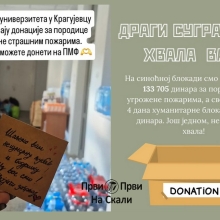





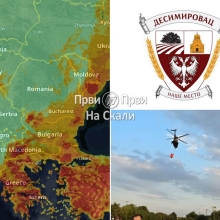

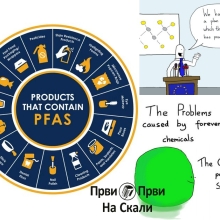


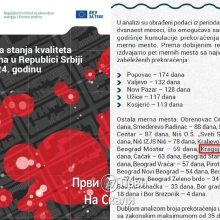
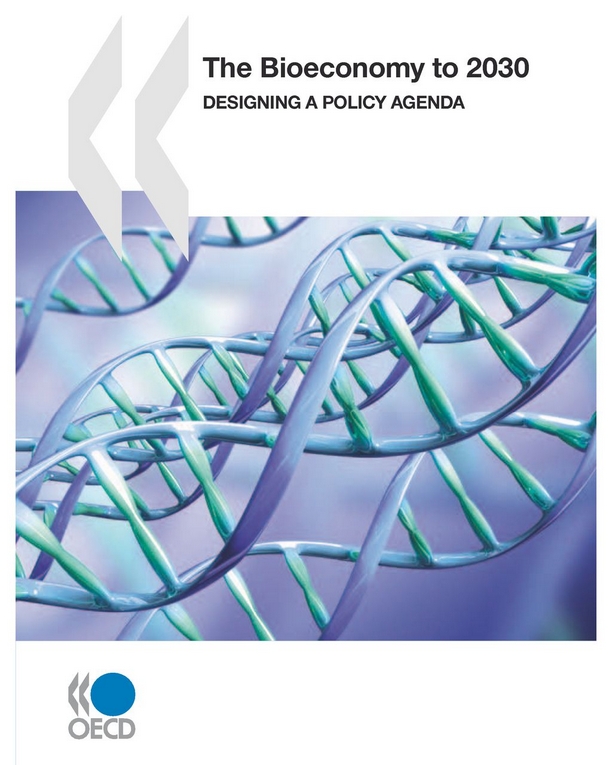










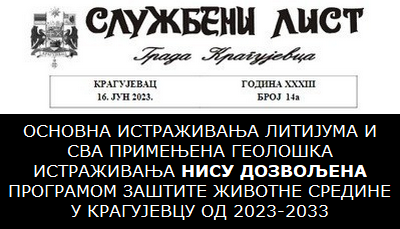
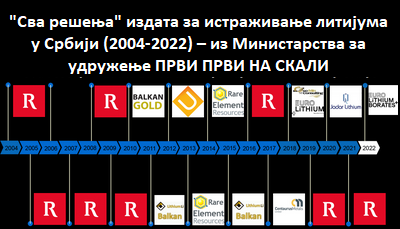

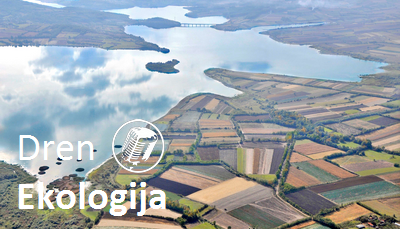




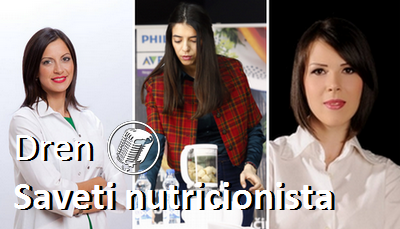
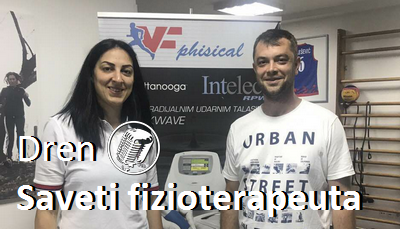
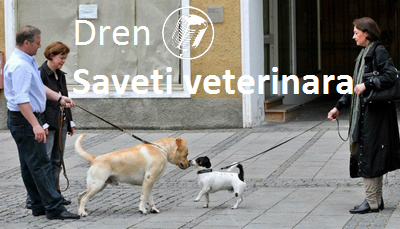











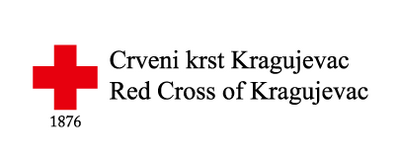












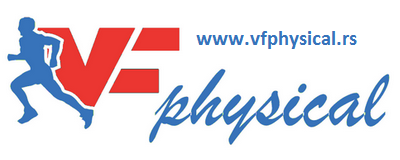











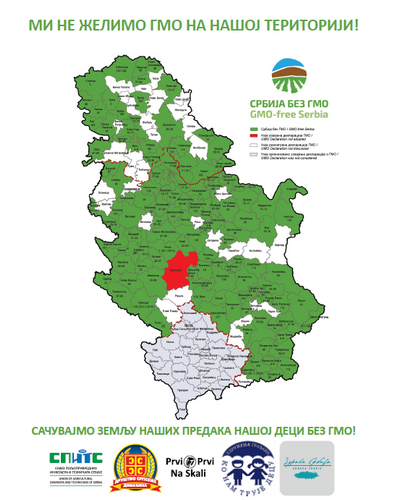



Komentara: 0